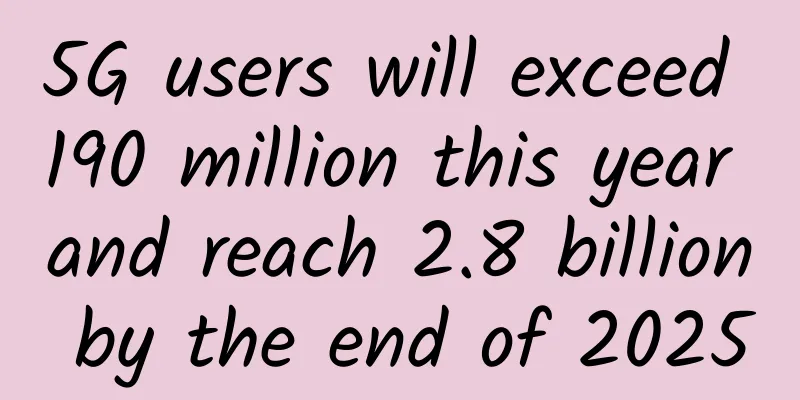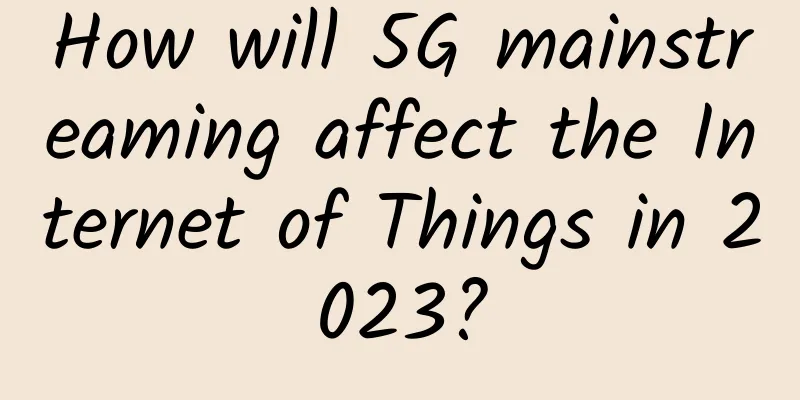5G users will exceed 190 million this year and reach 2.8 billion by the end of 2025

|
According to a report from Ericsson, by the end of May, the number of 5G users worldwide will reach 190 million by the end of 2020 and 2.8 billion by the end of 2025. The report also delves into the role of networks and digital infrastructure in keeping society functioning and families connected during the COVID-19 pandemic. The spread of COVID-19 has prompted people around the world to change their daily lives, in many cases forming different work or living habits than before. "While 5G subscription growth in some markets has slowed due to the pandemic, this growth has outpaced others," said Ericsson Executive Vice President Alex Doering. “Beyond measuring 5G’s success in terms of subscriptions, its impact will ultimately be measured by the benefits it brings to individuals and businesses,” added Jejdler. “5G was born for innovation, and this crisis has highlighted the true value of connectivity and the role it can play in revitalizing economies.”
The value of digital infrastructure Behavioral changes due to lockdown restrictions have led to significant shifts in the use of fixed and mobile networks. The largest share of the increased traffic has come from fixed residential, which has seen growth rates of 20% to 100%. But many service providers have also noticed a surge in demand on their mobile networks. In a recent study, 83% of respondents from 11 countries claimed that ICT (information and communications technology) helped them a lot during the lockdown.
The results show an increase in the adoption and use of ICT services, such as e-learning and health apps, supported by connectivity, which are helping consumers adapt to the new reality. Looking ahead, 57% said they would save money for financial security, and a third planned to invest in 5G and improved home broadband to better prepare for a possible second wave of COVID-19. FWA plays a bigger role By the end of 2025, FWA (Fixed Wireless Access) connections are expected to reach nearly 160 million, accounting for 25% of global mobile network data traffic. Global FWA data traffic was estimated to account for approximately 15% of the global total at the end of 2019. This figure is expected to grow nearly eightfold to 53 exabytes by 2025. FWA, delivered via 4G or 5G, is an increasingly cost-effective option for delivering broadband, with the FWA market driven by several factors: consumer and business demand for digital services, as well as government-sponsored projects and subsidies. |
<<: How will the emergence of 5G affect AI federated learning?
>>: China Mobile and industry partners jointly released the "Indoor Positioning White Paper"
Recommend
5G is changing society, but is millimeter wave still missing?
Three years ago, 5G ushered in the first year of ...
The Ministry of Industry and Information Technology issued the "Regulations on the Management of Number Portability Services": Nine types of behaviors are strictly prohibited
[[282065]] The Ministry of Industry and Informati...
5G competition is not just about speed, security mechanisms need to be clarified
Currently, 5G standardization has been fully laun...
Don’t worry, tomorrow’s 5G may be “today’s high-speed rail”
30 seconds quick read 1. On the first anniversary...
CloudCone March Event: Los Angeles SSD VPS starting at $1.65 per month
CloudCone's Hashtag 2022 VPS Sale this month ...
Don't know how to learn the protocol? Click it!
Once you enter the communications industry, you w...
Emerging technology trends to watch in 2023
As the world of technology continues to evolve, i...
NTT and Cisco jointly attended the 2021 China CIO Alliance Annual Summit Forum
[[435879]] The China CIO Alliance (CCA) was held ...
When enterprises launch live streaming services, how can they avoid technology becoming a stumbling block?
[Original article from 51CTO.com] After experienc...
uSens Linggan Wang Xiaotao: This is the best time for the development of gesture interaction
[51CTO.com original article] On July 21-22, 2017,...
What is CDN? Is using CDN definitely faster than not using it?
For developers, the term CDN is both familiar an...
TmhHost is 30% off during the summer vacation, starting from 24 yuan/month, Hong Kong CN2/Los Angeles CN2/Los Angeles High Defense/Japan Softbank lines are available
During the summer vacation, TmhHost offers a 30% ...
80VPS May Promotion: 800 yuan/month-E3-1230/32GB/1TB/8C (232 IPs) cluster server
80VPS is offering a promotion for some cluster se...
Data centers need to speed up and improve quality to cope with changes through innovation
2020 is a critical year for the large-scale const...
Only after understanding these abnormal phenomena can we say that we truly understand the TCP protocol
Many people always think that learning TCP/IP pro...









